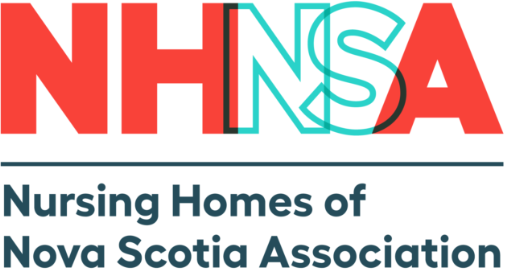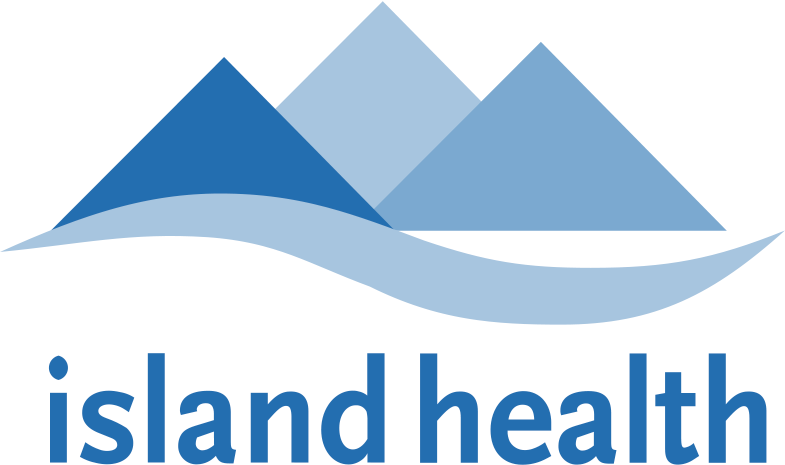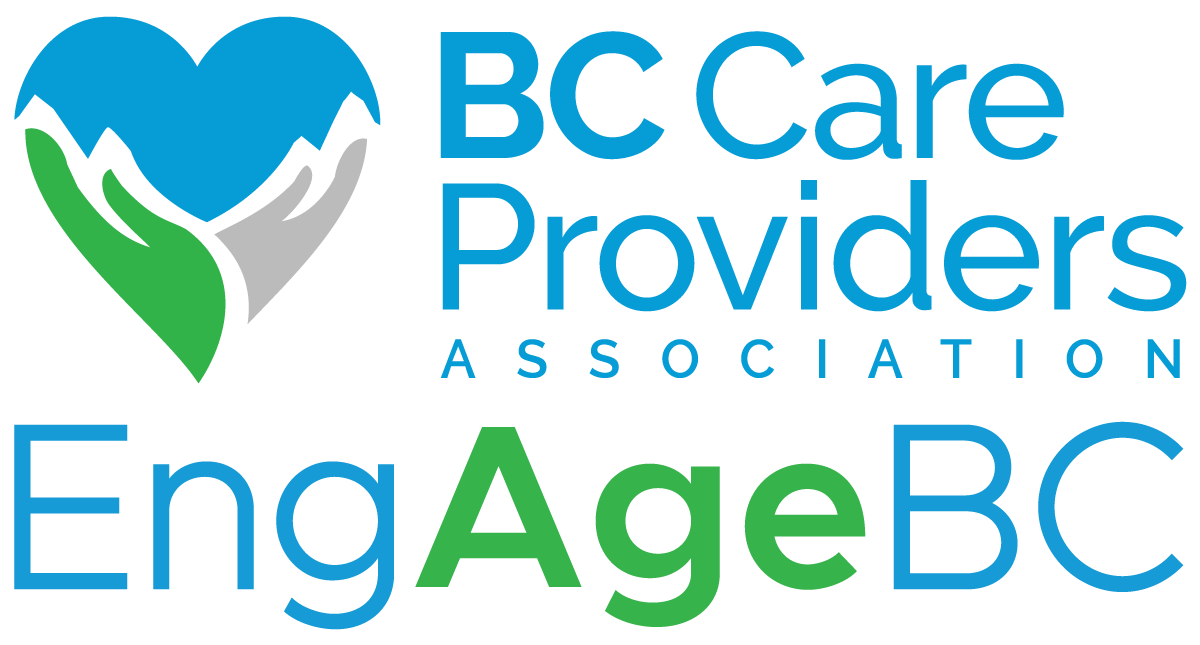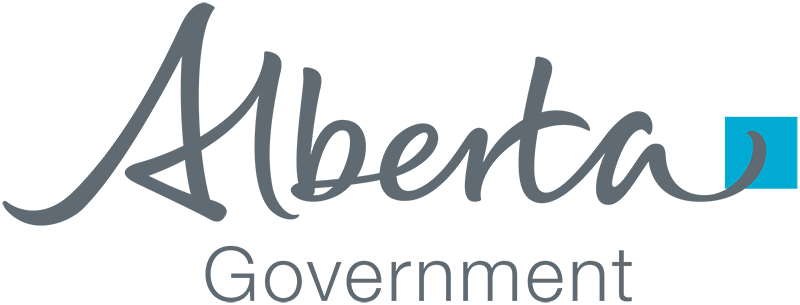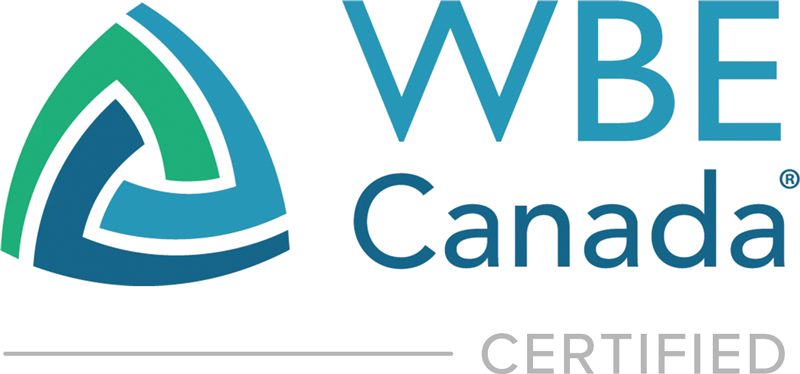
The Middle East has made significant strides in nursing education over recent decades, aligning its training paradigms with global standards to address the demands of an evolving healthcare landscape. However, the state of nursing education across the region varies considerably, reflecting disparities in resources and institutional capabilities. In more developed nations like the UAE and Saudi Arabia, partnerships with leading international universities have elevated educational offerings, providing advanced degrees and fostering research capabilities. Conversely, resource-constrained nations such as Yemen face significant challenges, including inadequate facilities and limited access to qualified educators. These disparities necessitate regional collaboration and strategic interventions. Persistent challenges such as curricular inconsistencies, faculty shortages, and sociocultural barriers continue to impede progress. The lack of a standardized curriculum across the region has led to variations in competency levels among nursing graduates, while outdated pedagogical models exacerbate this issue in certain areas. While some institutions adhere to internationally recognized benchmarks, others rely on outdated pedagogical models. Additionally, a deficit of qualified educators undermines the quality of nursing programs. Reliance on expatriate faculty, while addressing short-term needs, poses sustainability concerns. Deep-seated societal perceptions of nursing, often viewed as a subordinate profession, deter many from pursuing it as a career. This is particularly evident in conservative communities where gender norms limit women’s participation. Collaborative initiatives with international institutions have significantly modernized nursing education in the Middle East, introducing contemporary curricula and advancing faculty development. For instance, UAE University’s partnership with Canadian nursing schools exemplifies how international collaboration can foster academic innovation. Additionally, the implementation of high-fidelity simulation labs has enhanced clinical readiness by bridging the gap between theoretical learning and practical application. E-learning platforms, supported by organizations like the WHO, have further democratized access to education, particularly in remote and conflict-affected regions, ensuring that students receive consistent and high-quality training regardless of geographical challenges.
Conclusion
Nursing education in the Middle East is at a pivotal juncture. By overcoming entrenched challenges and embracing innovative solutions, the region can cultivate a highly skilled and adaptable nursing workforce capable of meeting the demands of a rapidly evolving healthcare sector.
References:
Aboul-Enein, F. H. (2016). Nursing education in the Arab world: Historical perspectives and future trends. Journal of Nursing Education and Practice, 6(8), 12-19.
El-Sayed, H. E., & Sleem, W. F. (2011). Nurse educators’ barriers to effective clinical teaching. International Journal of Nursing Education, 3(1), 5-10.

